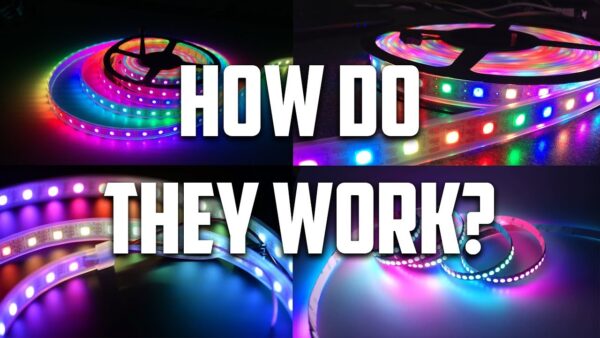If you’re unfamiliar with LED, it stands for Light Emitting Diode, and is a semiconductor that produces light when electrons move from an area of high voltage to an area of low voltage. When the electron moves, energy is released in the form of light. The electrical current passes through a diode and causes a filament to be formed, which is what forms the visible part of the light. LED lights are used to replace incandescent bulbs, fluorescent lights, and other lighting options because of their popularity and long life span.
There are two types of LED lights: p-type and n-type. The term P-type (for passivated transistor) refers to the kind of LED that is constructed with a layer of p-type materials on top of the light source. On the other hand, the term N-type (for non-passivated semiconductor) refers to the kind of LED that consists of n-type materials. Most modern LED lamps utilize both types of material, but that is not the case in some kinds of lamps. For instance, some N-type lamps use phosphors, while others use gallium arsenate or Y-type materials instead.
Now that you know how to do LED lights work, it’s time to learn about how exactly electricity is passed through them. The electrical current passes through a thin film called the photovoltaic cell, which is usually made of silicon. The cell’s thinness dictates the amount of power that can be put out and also determines how fast the light is produced. By comparing the output of the photovoltaic cell to the input of the rectifier, we can calculate how many watts the LED lights need to consume in order to produce enough light for our needs.








![How Can You fixed [pii_email_e26dbf79d8c0635e5ca7] Error?](https://desinuts.com/wp-content/uploads/2022/05/pi-1-300x200.jpg)